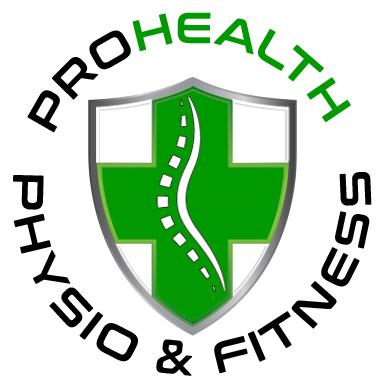Cerebral Palsy is a neuromuscular disorder from brain trauma, causing deficits in strength, mobility, coordination, balance, and fitness. Can exercise improve these deficits?
Though research is early, aerobic and strength exercise show safe, promising benefits for people with Cerebral Palsy. AS muscle spasticity and stiffness are common symptoms, Strength exercises seem counterintuitive and unsafe. However, studies have shown that strength training does not worsen spasticity during or after training but can improve spasticity. For people with Cerebral Palsy, building muscle strength should be a key goal to reduce cardiometabolic risk.
Aerobic exercise is vital for heart health and quality of life, and tailored programs effectively improve endurance in people with Cerebral Palsy. It then comes down to finding a mode of aerobic exercises that an individual can consistently do and enjoy.
There is also evidence that balance training can benefit function in the affected lower limb for individuals with Cerebral Palsy. Due to muscle weakness in affected lower limbs, it is very common to see balance deficits with an associated falls risk in individuals with cerebral Palsy. It has been shown that improving lower limb strength, core strength and balance training can improve balance.
As exercise can be complex for individuals with cerebral palsy, consulting an exercise professional will be beneficial as they can tailor an exercise program for your individual needs.
Sources:
Park, S. I., Kim, M. S., & Choi, J. D. (2016). Effects of concentric and eccentric control exercise on gross motor function and balance ability of paretic leg in children with spastic hemiplegia. Journal of physical therapy science, 28(7), 2128–2131. https://doi.org/10.1589/jpts.28.2128
Verschuren, O., Peterson, M. D., Balemans, A. C., & Hurvitz, E. A. (2016). Exercise and physical activity recommendations for people with cerebral palsy. Developmental medicine and child neurology, 58(8), 798–808. https://doi.org/10.1111/dmcn.13053

